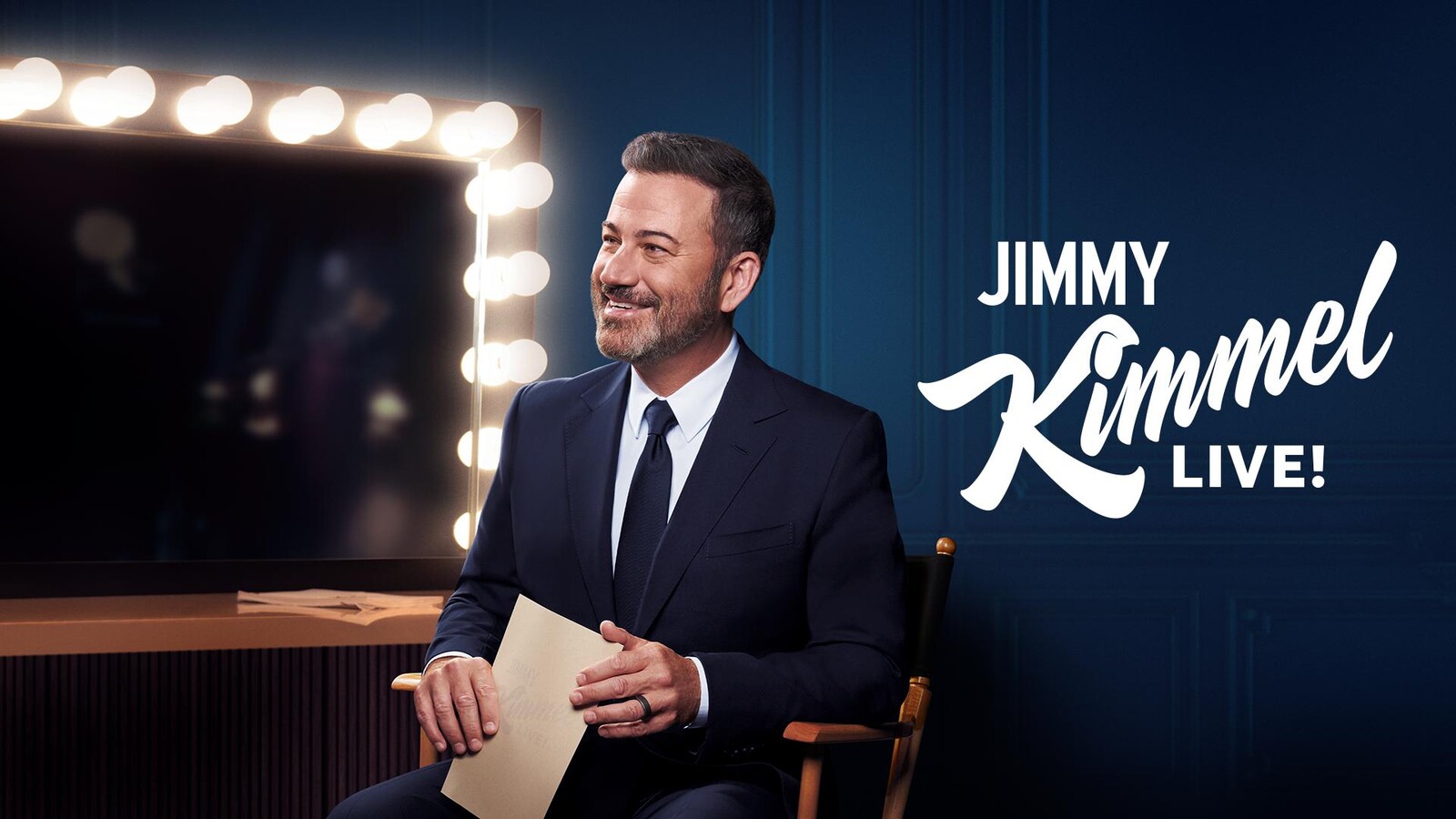
In an unexpected development that has left the entertainment industry buzzing, “Jimmy Kimmel Live!” has recorded its lowest ratings in television history following an episode featuring the acclaimed actor Robert De Niro. Known for his sharp wit and outspoken nature, De Niro’s appearance was highly anticipated but surprisingly resulted in a viewership drop, sparking widespread analysis and speculation about the underlying causes.
The episode showcased De Niro in his element, sharing candid insights, humorous anecdotes, and his unfiltered opinions on a range of subjects, including politics. De Niro, never one to shy away from controversy, engaged in a lively exchange with host Jimmy Kimmel, covering everything from his illustrious career to the current political climate. Despite the compelling content, the episode failed to attract viewers, leading many to question the reasons behind this disconnect.
Several theories have emerged to explain the slump in ratings. One prominent suggestion is that De Niro’s political commentary may have alienated a portion of the audience. In an era of heightened political polarization, celebrities’ political statements can often provoke backlash, potentially driving viewers away from shows that feature such discussions.
Another perspective points to broader trends in media consumption. With the increasing popularity of streaming platforms and on-demand content, traditional television ratings have been steadily declining. The low ratings for “Jimmy Kimmel Live!” might not solely reflect the specific episode with De Niro but rather a larger shift in how audiences engage with late-night talk shows.
The historic ratings drop has ignited a conversation about the future of late-night television. Hosts and producers now face the challenge of creating content that is both entertaining and engaging, while navigating the potential divisiveness of political discourse. This incident has prompted calls for a reevaluation of the role of late-night talk shows in a rapidly changing media landscape, suggesting that these programs must adapt to maintain relevance and viewership.
The episode with Robert De Niro serves as a potential case study for the future of late-night television, highlighting the importance of understanding audience expectations and the impact of external factors on viewership. As the industry evolves, so too must the strategies for engaging audiences.
In the wake of this ratings slump, late-night shows have the opportunity to innovate. Experimenting with new formats, topics, and guest selections could help recapture audience interest. Whether through incorporating more diverse viewpoints, leveraging social media and online platforms for broader engagement, or reimagining the late-night format altogether, there are numerous paths for rejuvenation and growth.
The unprecedented low ratings for “Jimmy Kimmel Live!” underscore the complexities of producing late-night television in today’s media environment. While the decline can be attributed to various factors, it also presents a chance for introspection and innovation within the genre. As late-night talk shows navigate the challenges of political polarization, changing viewer habits, and the proliferation of digital media, their ability to adapt and evolve will be critical.
The future of late-night television may be uncertain, but it is filled with possibilities for those willing to explore new ways of engaging and entertaining the public. Ultimately, the enduring appeal of late-night TV will depend on its capacity to reflect, adapt to, and resonate with the ever-changing world it seeks to entertain.
News
“Jesse Watters and Wife Emma DiGiovine Shock Fans with Surprise Baby News—Meet Their New Baby Girl and the Heartwarming Story Behind the Announcement!”
Fox’s Jesse Watters and wife Emma DiGiovine glow as they welcome new baby girl to the world FOX News host Jesse Watters and his wife Emma DiGiovine…
Linda Robson broke down in tears, saying she would DIE TOGETHER with her best friend Pauline Quirke on live television, leaving everyone stunned. What happened?
Linda Robson has spoken publicly about the heartbreaking dementia diagnosis of her long-time friend and Birds of a Feather co-star, Pauline Quirke. Last month, Pauline’s husband, Steve…
Pete Wicks Admits He ‘Cried Several Times’ Filming Emotional New Rescue Dog Series – The HEARTWARMING Moments That Left Him in TEARS!
‘They have transformed my life for the better’ Star of Strictly Pete Wicks admitted he “cried several times” while filming his new documentary, Pete Wicks: For Dogs’ Sake. A lover…
Gino D’Acampo just stirred up social networks with his FIRST POST after being fired from ITV
Celebrity chef and TV star Gino D’Acampo has been accused of sexual misconduct as over 40 people have come forward amid his alleged wrongdoing A defiant Gino D’Acampo has…
This Morning presenter prepares to become homeless, family home worth £4m about to disappear
The This Morning presenter lives in Richmond with his wife and children This Morning star Ben Shephard lives less than 30 minutes away from the ITV studios, in a beautiful home…
Stacey Solomon in tears and forced to walk off camera as Sort Your Life Out fans say ‘LIFE IS CRUEL’
Stacey Solomon had to step away from the camera, overwhelmed with emotion, while filming her show ‘Sort Your Life Out’ as she assisted a family from Leeds in decluttering their…
End of content
No more pages to load








